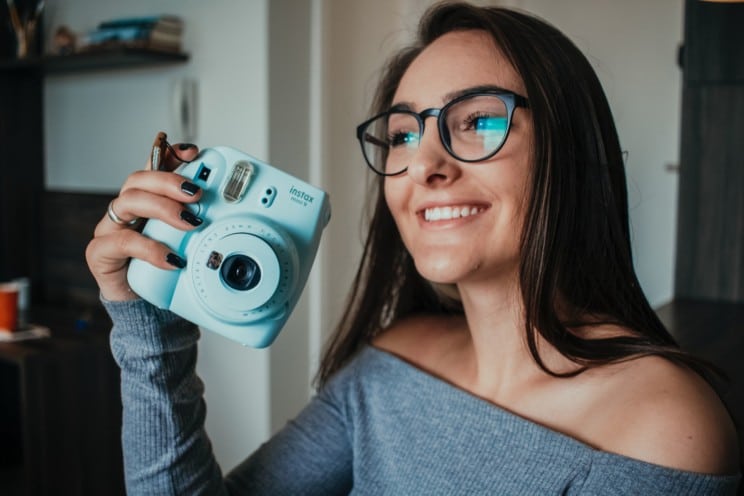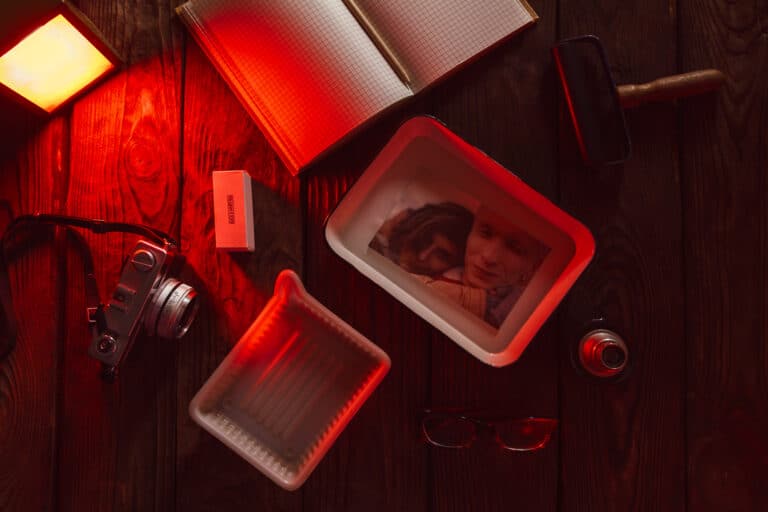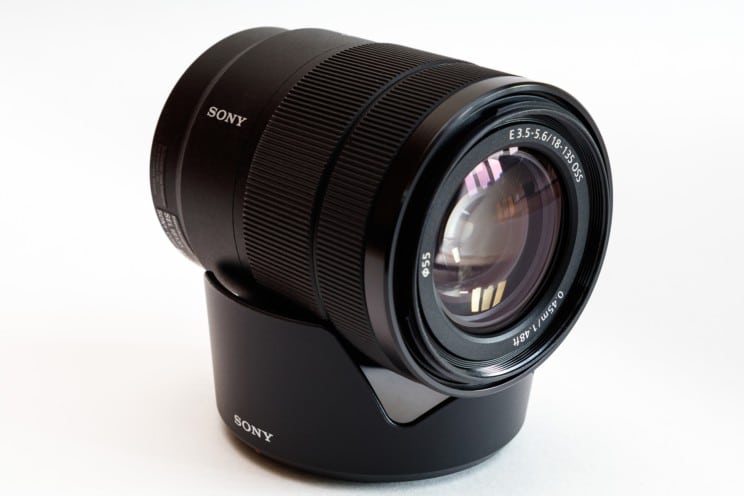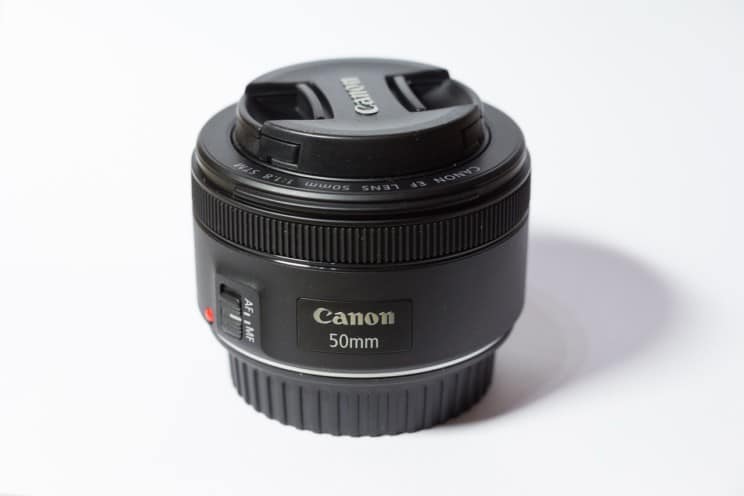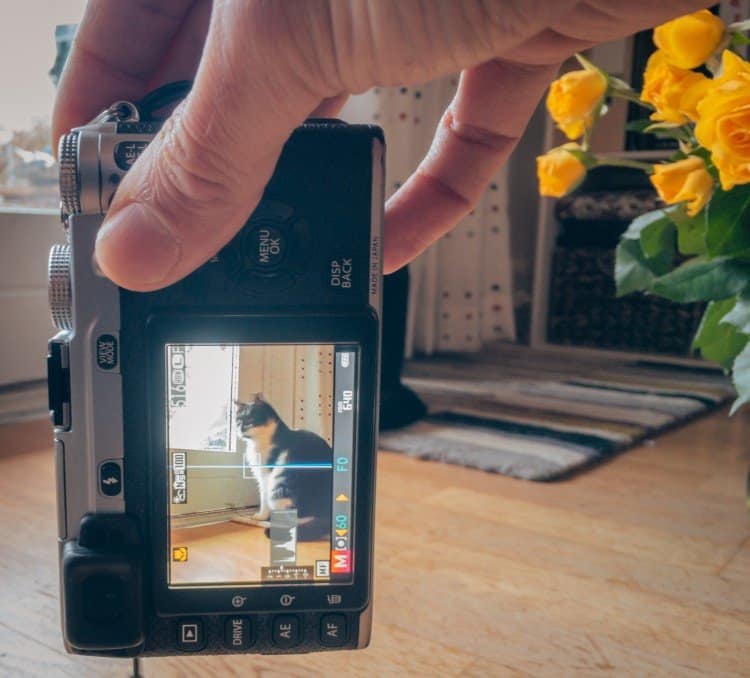How To Photograph the Moon with Clouds
What Are the Best Camera Settings for Moon with Clouds?
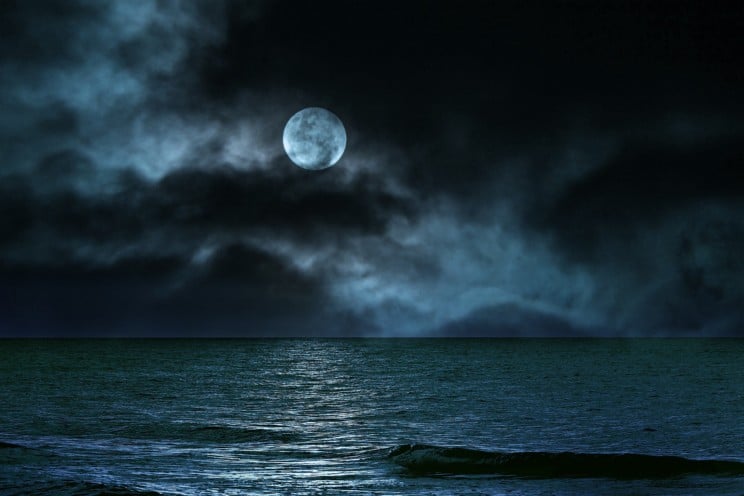
When you are photographing the moon with clouds, the correct settings make all the difference. Understanding more about these settings will help you take better pictures.
Photographing the Moon with Clouds is Not an Exact Science
Although there are camera settings for the moon with clouds that can increase your chances of getting a good shot, you are not always guaranteed a chance of getting good shots.
For every attempt that comes out perfectly, there will be others that are awful. Practice will make a difference in getting your photos to come out the way you want.
In short, many photographers wait until some of the cloud cover has passed in front of the moon, widen the aperture to increase the darker clouds exposure, increasing the ISO, and slowing down the shutter speed. Although this method is far from failure-proof, it increases your chances of getting higher-quality images.
These tricks work well but you might need to use post-processing software to get the desired effects. However, your efforts will be worth it in the long run. You may need to try these techniques out several times before you get the results you seek.
Choosing a Darker Location is a Better Choice
Getting away from city lights is a logical first step to taking better pictures of the moon.
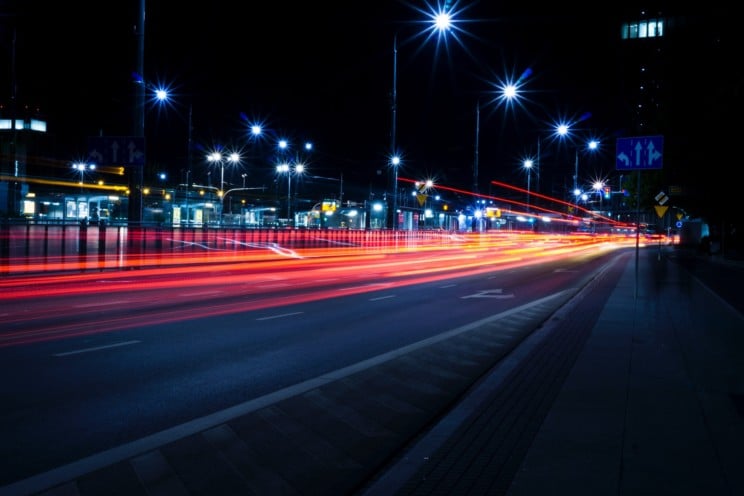
Regardless of whether you are taking your pictures using a DSLR camera or a phone using the appropriate type of lens, you won’t get the quality image that you need with a lot of city lights nearby.
The effects of light pollution can either ruin your images or require you to spend too much time removing unwanted elements post-processing.
Look for the type of locations that local stargazers prefer. These locations provide a darker setting perfect for viewing a full moon. Your pictures will be a lot sharper and more precise.
What Type of Camera is Best for Photographing the Moon?
Although DSLR cameras capture some of the best images of the moon, you don’t necessarily need to be able to afford a very expensive camera and lens. The key features to look for include being able to manually select the aperture and shutter speed.
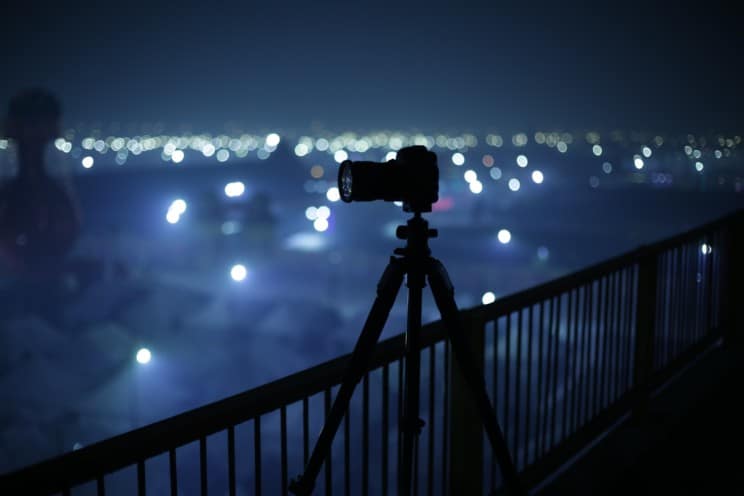
If you’re using most cameras designed for casual use, look for an optical zoom greater than 10X. When your camera is a DSLR, you want a 200mm–300mm focal length for the lens. Choosing these features will increase your chances of getting the quality of photos that you want.
A camera has a smaller dynamic range than the human eye. What this means for photographers is that cameras will either over or under-expose the moon, reducing the image quality.
Being able to manually select the aperture resolves many of the problems associated with image quality. If the moon has too many bright, over-exposed spots, increase the shutter speed until such areas are no longer visible. Decreasing the speed is best if the moon appears too dark in your images.
Faster shutter speeds are better because of how quickly the moon can exit the photo frame. When you are trying to get the perfect moon shot, be prepared to move your camera quite a bit to capture the best pictures.
Does Lighting Play a Role in the Quality of Moon Photos?
The only lighting that makes a difference in moon photos is natural lighting, and the moon’s phase will play the most significant role in how much light is there.
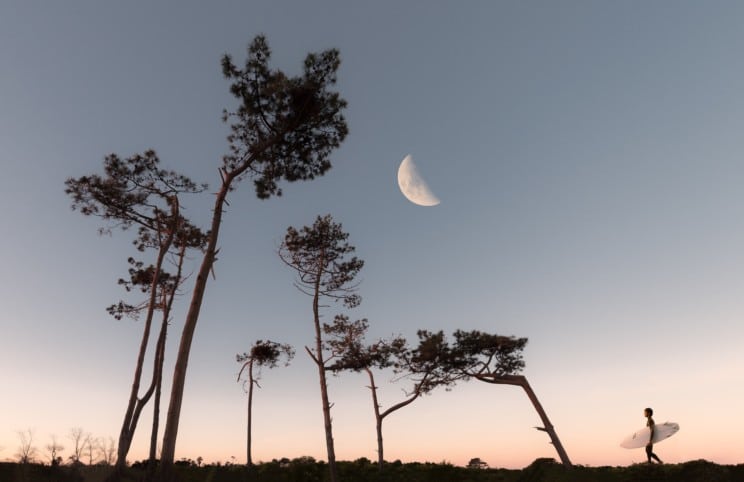
In ideal circumstances, you will pick up as much of the moon’s surface detail as possible. The downside is that there are no camera accessories that can help if you are in a bad location for lighting or trying to take pictures during the wrong phase.
Even though a full moon is one of the most popular times to get lunar images, there is more light from the sun that eliminates some of the contrast you might want.
The quarter-moon phase is one of the best times to take pictures where you’ll capture a lot of contrast. One of the points where the difference will stand out the most is where the night meets the day, also known as the terminus.
How Do You Sharpen Up the Photos?
Softness can be a lingering issue, even if you’ve done your best will your camera settings. With a telephoto lens and the appropriate ISO settings, taking most of your pictures when the moon is high will make a difference.
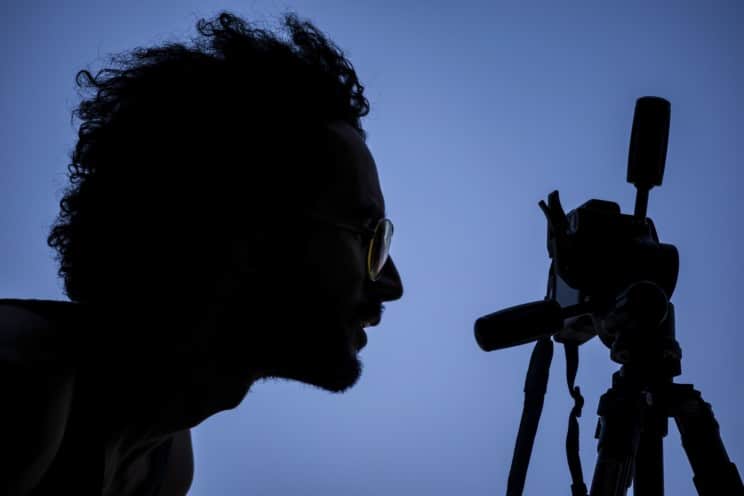
There are a few other things you can do to capture better pictures.
When you’re using a DSLR camera, one of the things that will change is image sharpness. The aperture makes a significant difference in image sharpness.
As an example, one of the sharpest lenses for photographing the moon with clouds is the 300mm f4 from Nikon. Lenses that have the correct sharpness can slow things down, so you capture the clouds in the frames.
Exposure settings will make a difference as well. Being able to set the camera’s ISO yourself can work wonderfully, but you want to be cautious about going much over 100 to 200 ISO. Taking pictures with too high an ISO may result in background noise that affects your image quality.
Keeping the camera as steady as possible might make it easier to produce quality images. A hard surface, like a table, can help, as well as a tripod. If you opt to use such a surface, consider a remote control or the camera’s self-timer to shoot the picture just as the clouds pass in front of the moon.
Final Thoughts
The best camera settings for a moon with clouds involve a low ISO and aperture. Although you may have to experiment a little to get everything right, you have an excellent chance of satisfactory images. Once you have tried taking pictures using these steps a few times, you will be ready to take perfect pictures.

